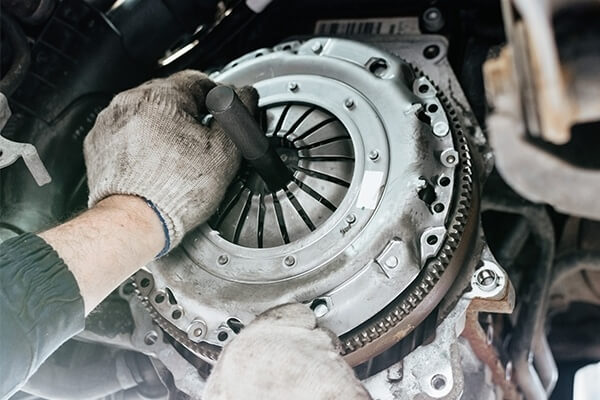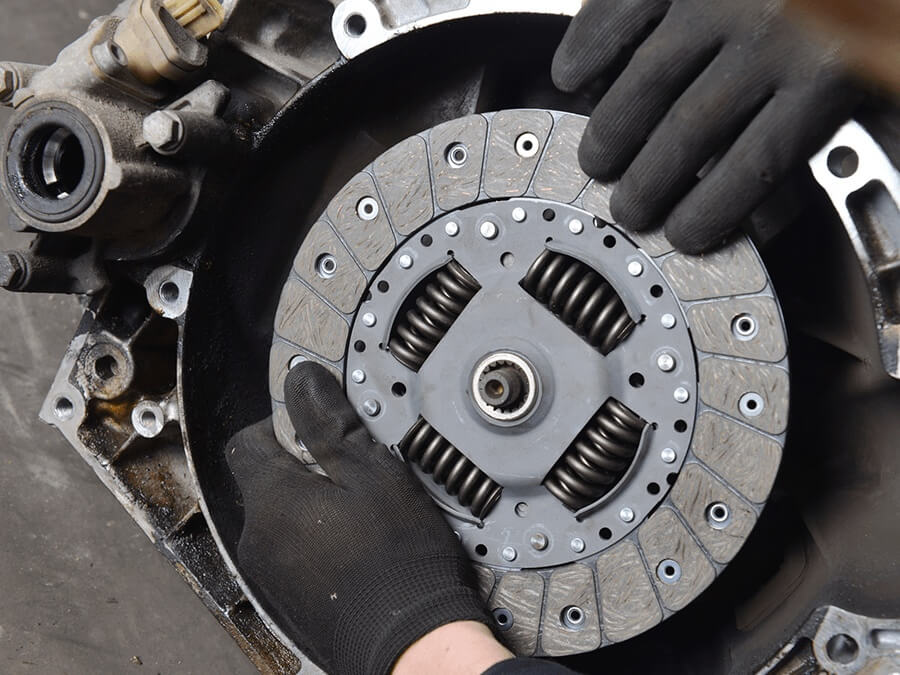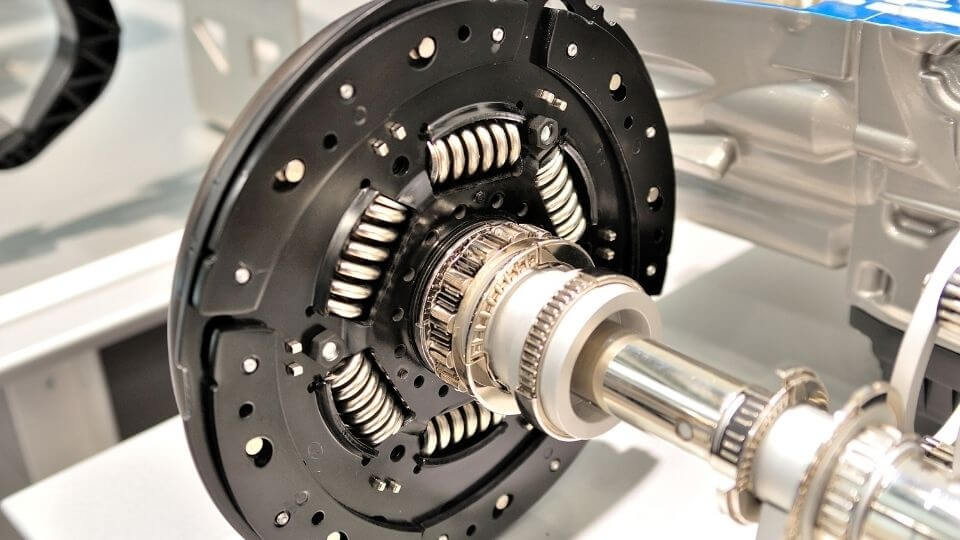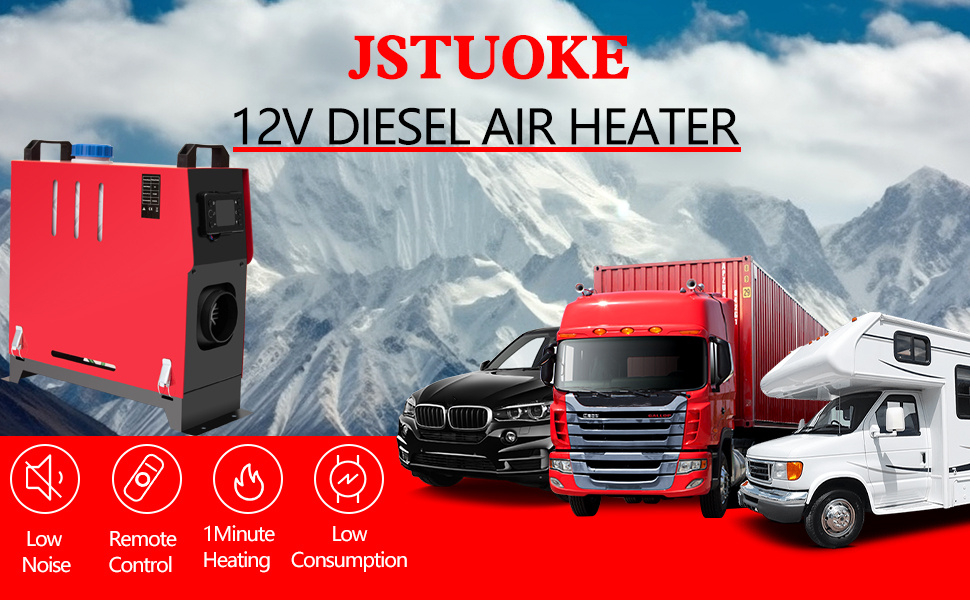A clutch connects and disconnects the engine and transmission, managing power flow efficiently.
The clutch in a car enables smooth gear transitions and controls power delivery to the wheels. It ensures the engine and transmission interact seamlessly.
Read on to uncover how clutches work and when to use them.
What is the main purpose of a clutch in a car?
The clutch solves the problem of power interruption during gear shifts. It balances control and efficiency.
The clutch[^1] in a car acts as an intermediary, allowing drivers to change gears without stalling or damaging the engine.
The Role of the Clutch in Power Delivery
- Smooth Operation: Clutches ensure smooth gear transitions[^2] by temporarily disconnecting power.
- Engine Safety: They protect the engine from sudden jerks or loads.
- Control: Allow gradual power engagement for precision driving.
| Function | Description |
|---|---|
| Power Transmission | Transfers power from the engine. |
| Smooth Shifting | Allows seamless gear changes. |
| Engine Protection | Reduces wear and tear. |
| Drive Engagement | Controls how power reaches wheels. |
These aspects highlight why clutches are crucial for vehicle performance and longevity.

What is the point of the clutch?
Driving without a clutch would make gear changes harsh and inefficient.
The clutch[^3] helps regulate power flow, ensuring smooth gear transitions and better control of the car.
Critical Functions of a Car Clutch
- Manual Gearbox Dependency: Unlike automatic cars, manual cars rely on clutches for every gear shift.
- Precise Control: Drivers can modulate acceleration using the clutch.
- Dual Nature: Clutches disengage power when pressed and engage it when released.
Automatic Cars and Clutches
Automatic cars[^4] use torque converters instead of traditional clutches. This replaces the manual process of pressing a pedal, making them more user-friendly for some.
| Manual Clutch | Automatic Transmission |
|---|---|
| Pedal-operated | Torque converter-driven |
| Requires driver input | Fully automatic |
| More control | Easier for beginners |

When should I press the clutch in my car?
Using the clutch at the right time avoids unnecessary wear and improves driving efficiency.
Press the clutch pedal[^5] when shifting gears, starting the car, or stopping completely in a manual transmission vehicle.
Best Practices for Clutch Use
- Starting the Car: Always press the clutch to prevent stalling.
- Changing Gears: Fully depress the clutch to avoid grinding gears.
- Stopping or Slowing Down: Press the clutch to disconnect the engine when coming to a halt.
Common Clutch Mistakes
- Riding the Clutch: Keeping the pedal partially pressed can cause wear.
- Abrupt Release: Letting go too quickly can stall the car.
- Excessive Use: Overusing the clutch in traffic wears it out prematurely.
| Clutch Use Scenario | Action Required |
|---|---|
| Starting from Stop | Fully press and release slowly |
| Gear Changes | Press during shifts |
| Emergency Braking | Press to prevent stalling |

How does a car clutch work?
The clutch bridges the engine and wheels, managing power flow.
It functions[^6] by engaging and disengaging power through friction plates when the pedal is pressed or released.
Anatomy of a Car Clutch
- Friction Plate: Transfers power from the engine.
- Pressure Plate: Ensures consistent force is applied.
- Clutch Pedal: Acts as the control mechanism.
Detailed Process of Clutch Operation
- Pedal Pressed: Power flow stops, allowing gear shifts.
- Pedal Released: Power is restored to the wheels.
- Continuous Engagement: Clutch ensures seamless driving.
Differences in Clutch Types
- Single Plate Clutch: Common in most cars.
- Multi-Plate Clutch: Found in performance vehicles for better power handling.
| Clutch Type | Common Use Case |
|---|---|
| Single Plate | Regular cars |
| Multi-Plate | Sports cars, heavy vehicles |
| Torque Converter | Automatic cars |

Conclusion
Understanding the clutch's purpose and operation enhances driving efficiency and vehicle longevity. Key takeaways:
- The clutch allows smooth gear transitions and power control.
- Manual cars require clutch use for starting, stopping, and shifting.
- Automatic cars use torque converters instead of clutches.
- Proper clutch use prevents unnecessary wear and stalling.
- A well-maintained clutch improves vehicle performance and safety.
The clutch, whether manual or automatic, remains a pivotal part of modern vehicles.





